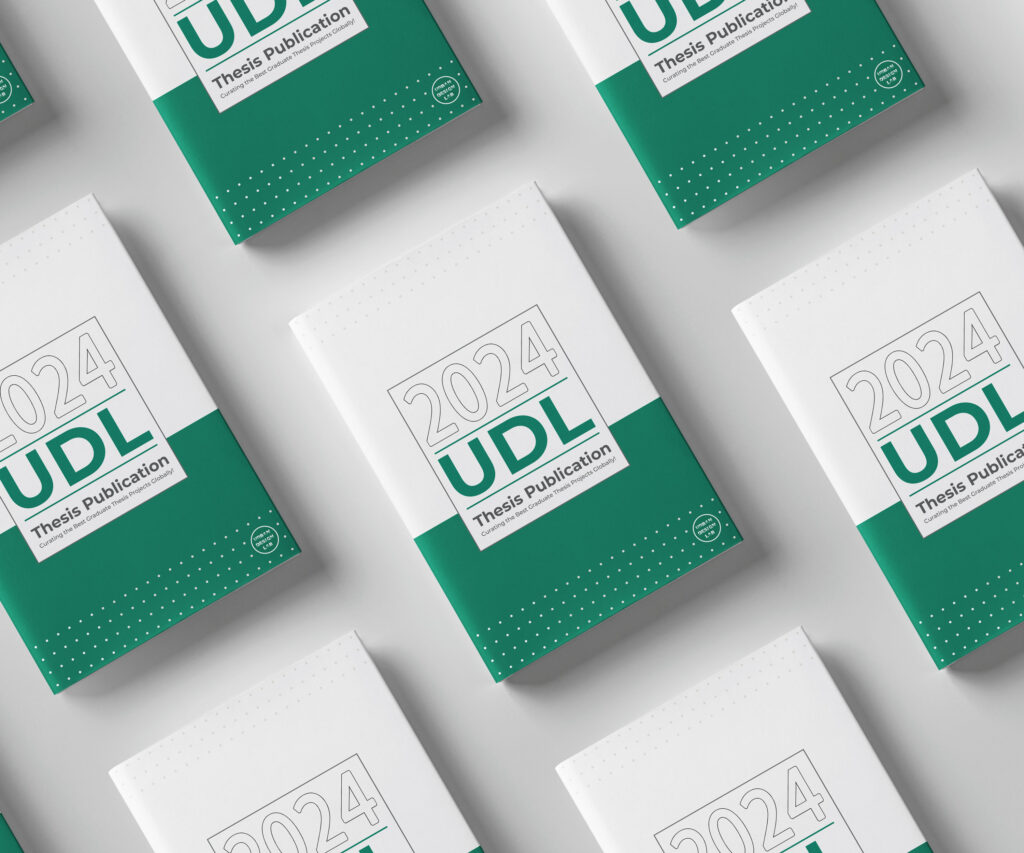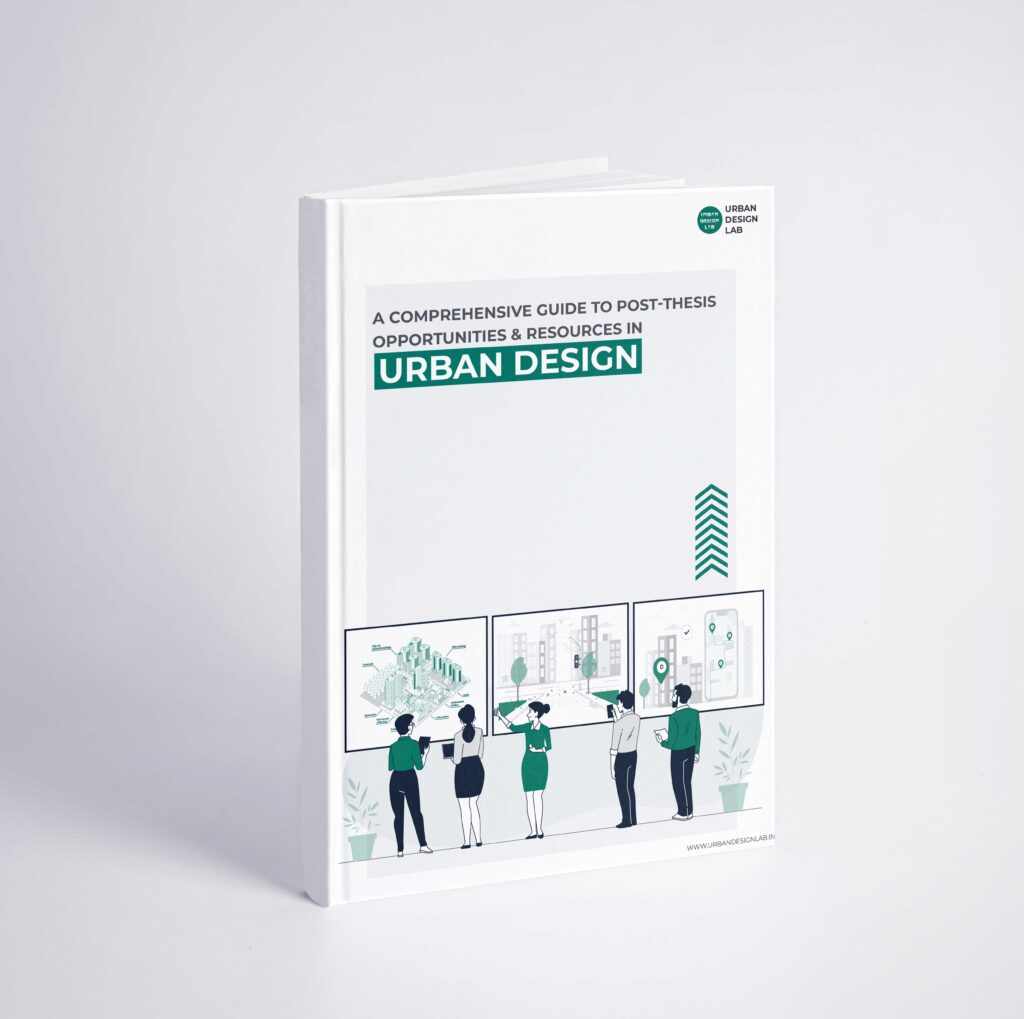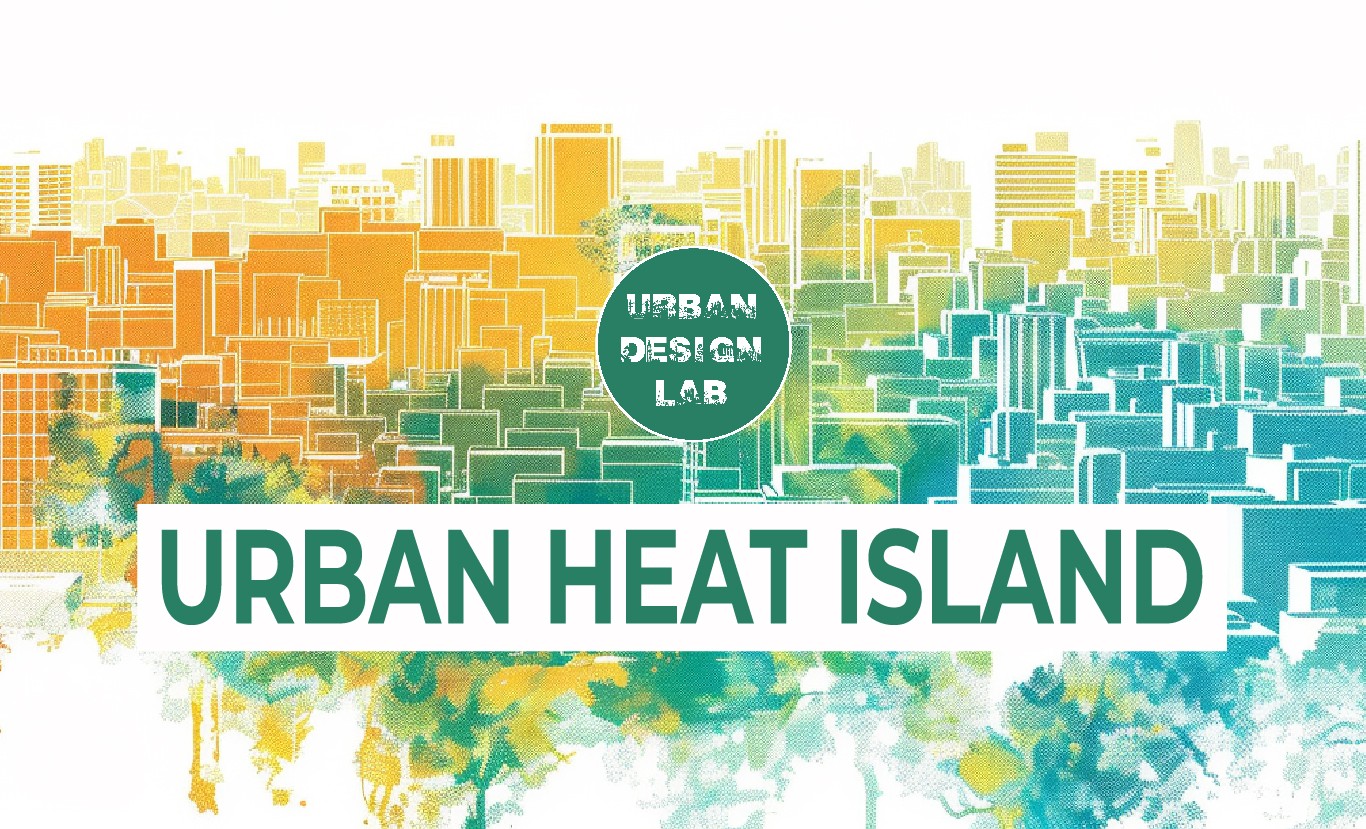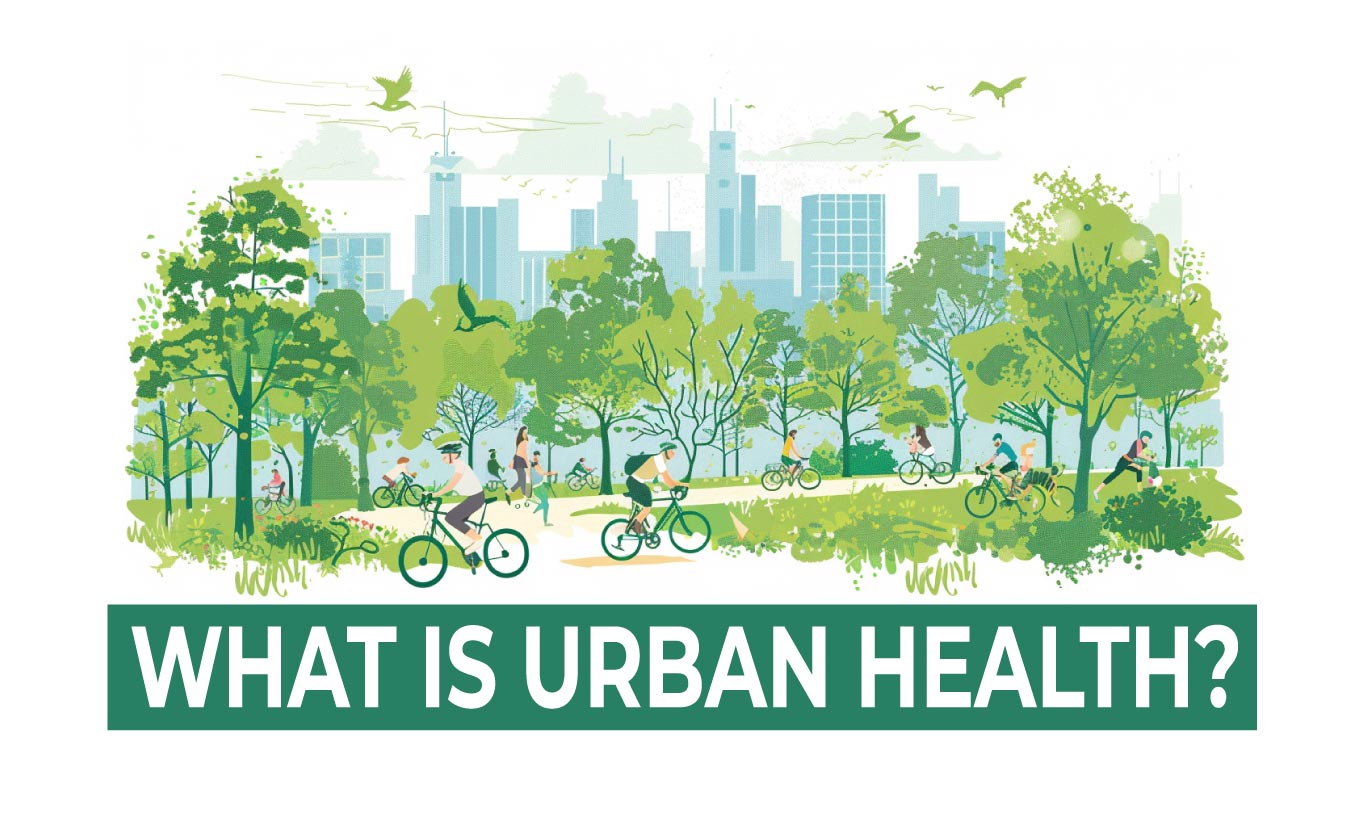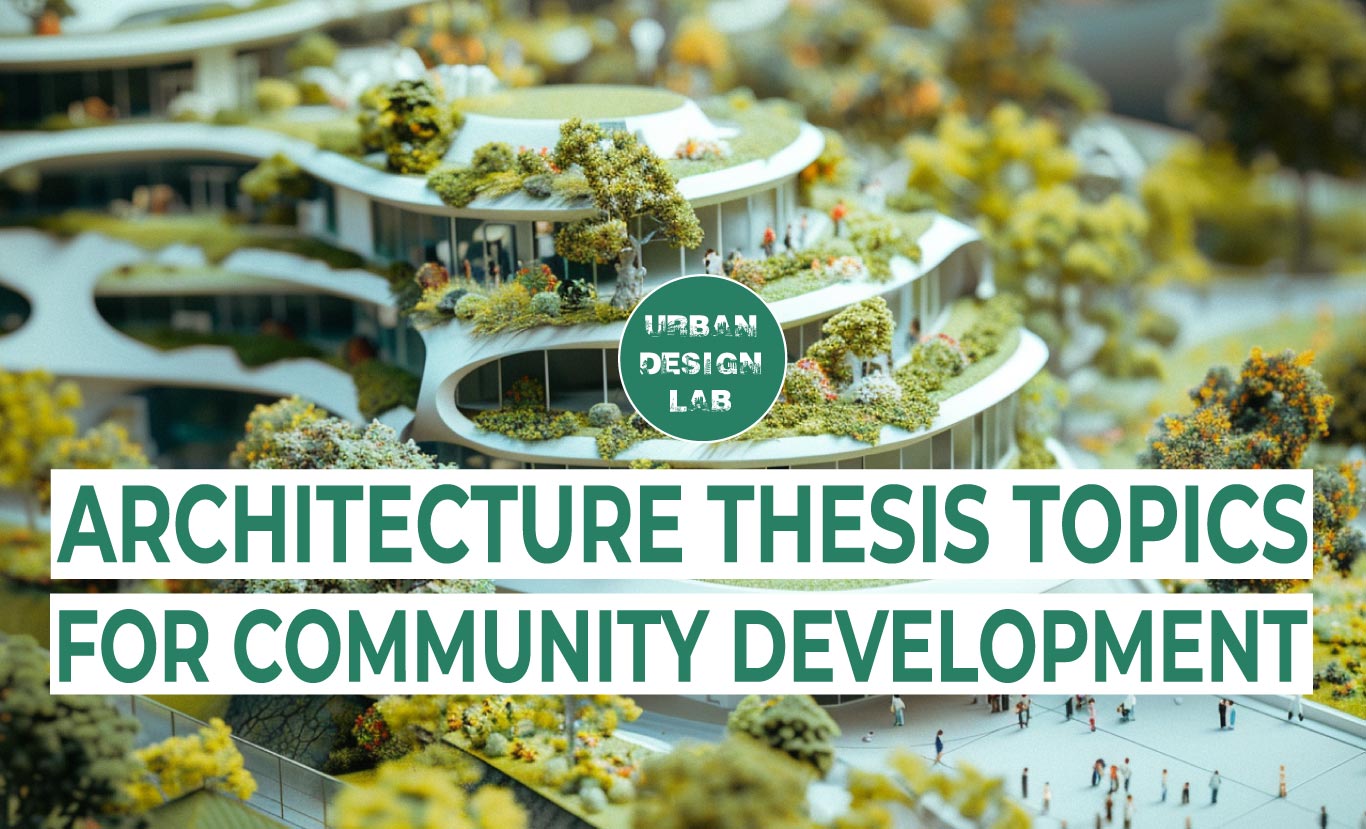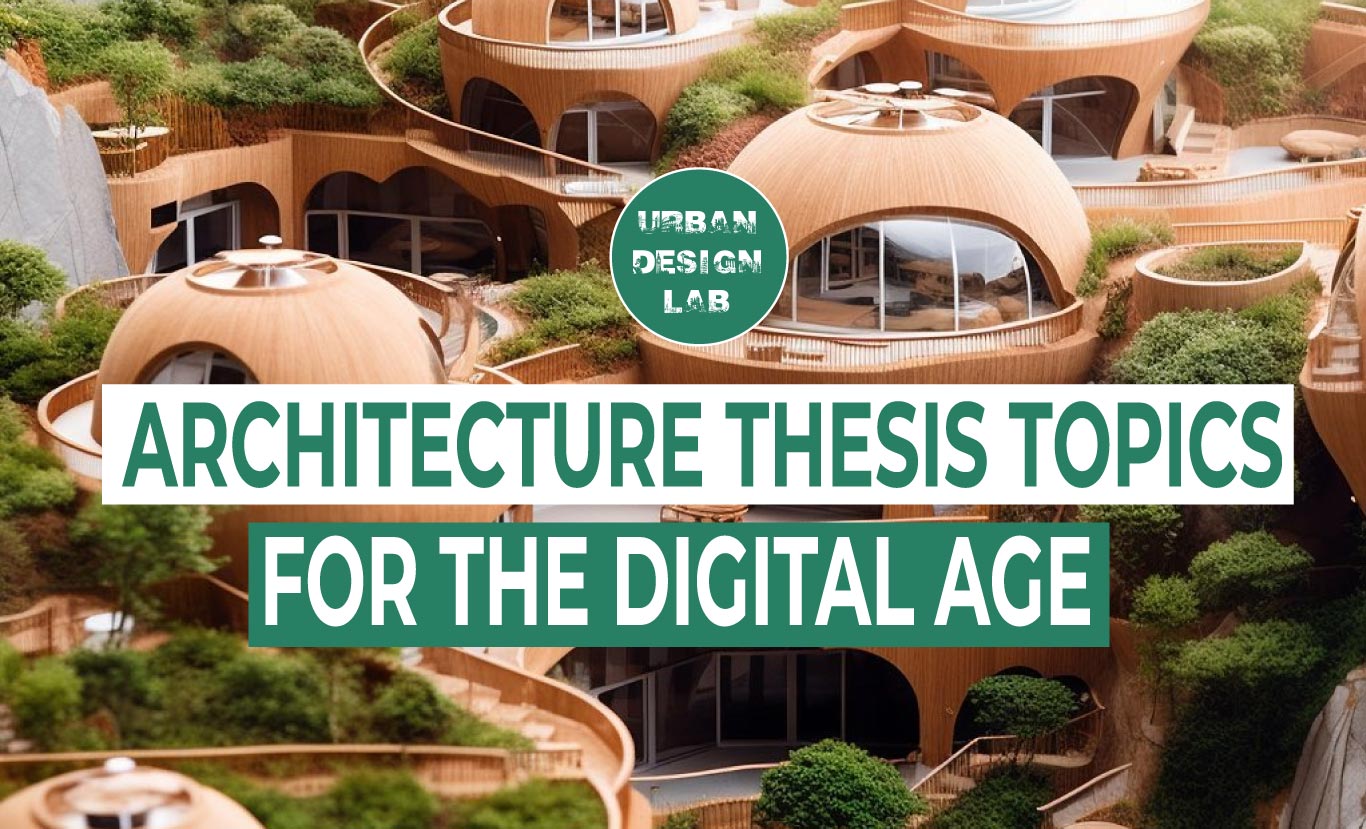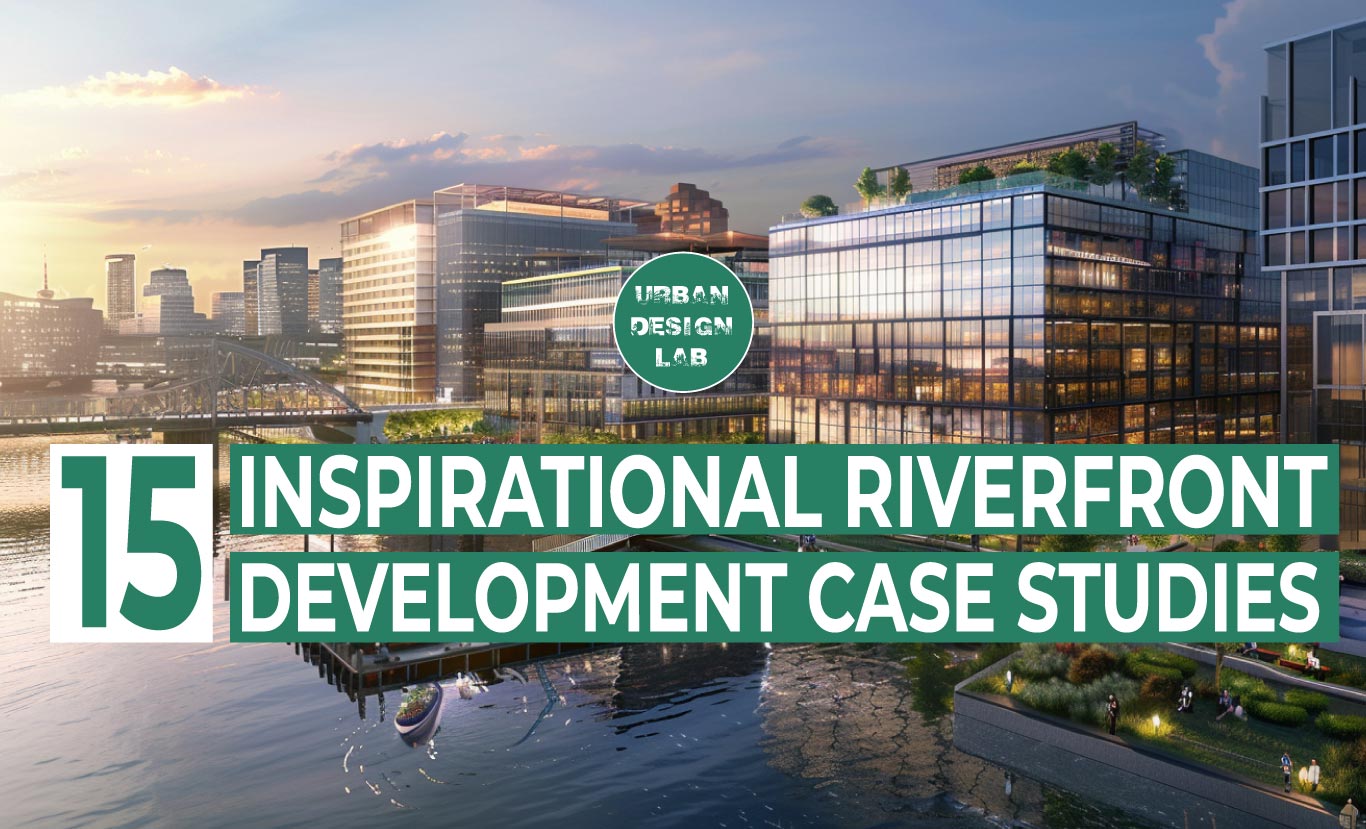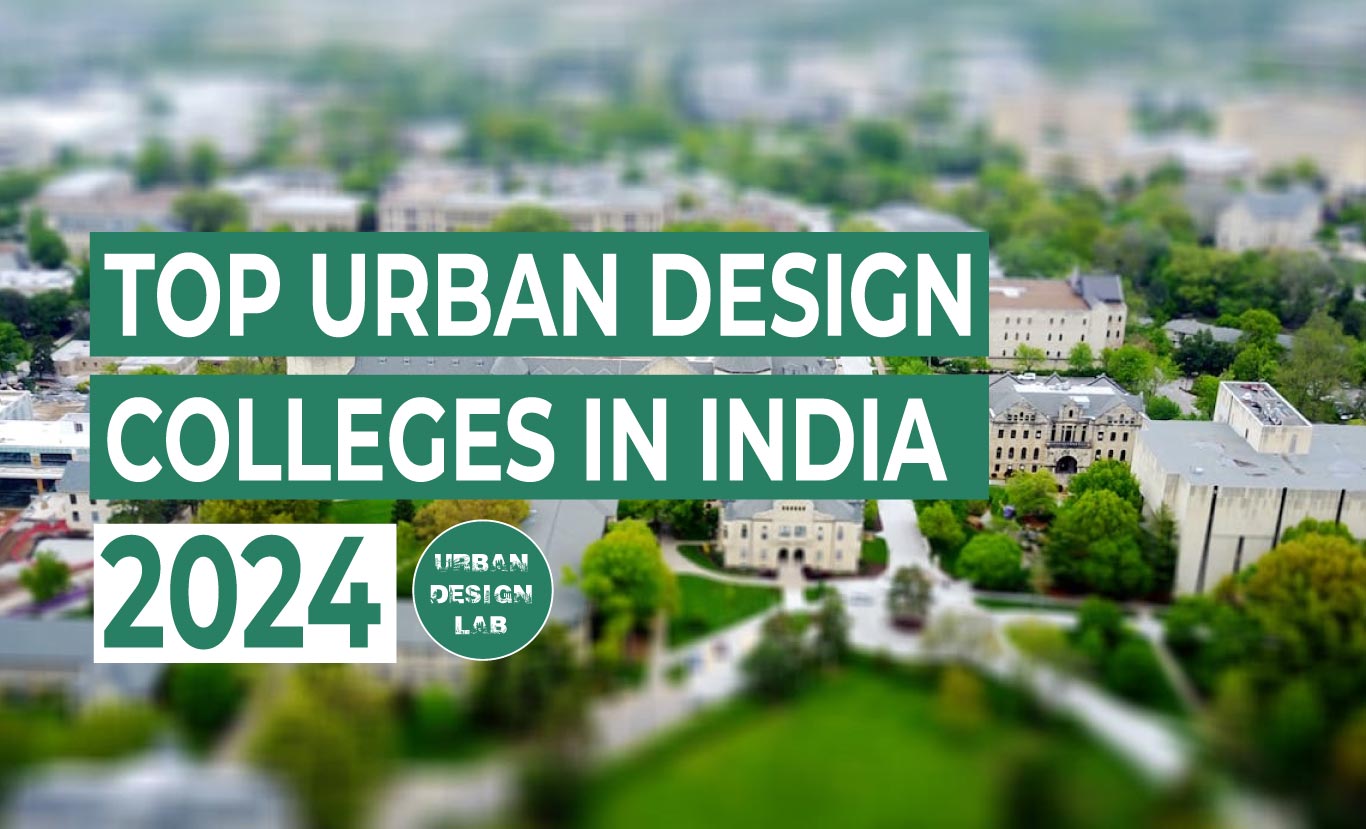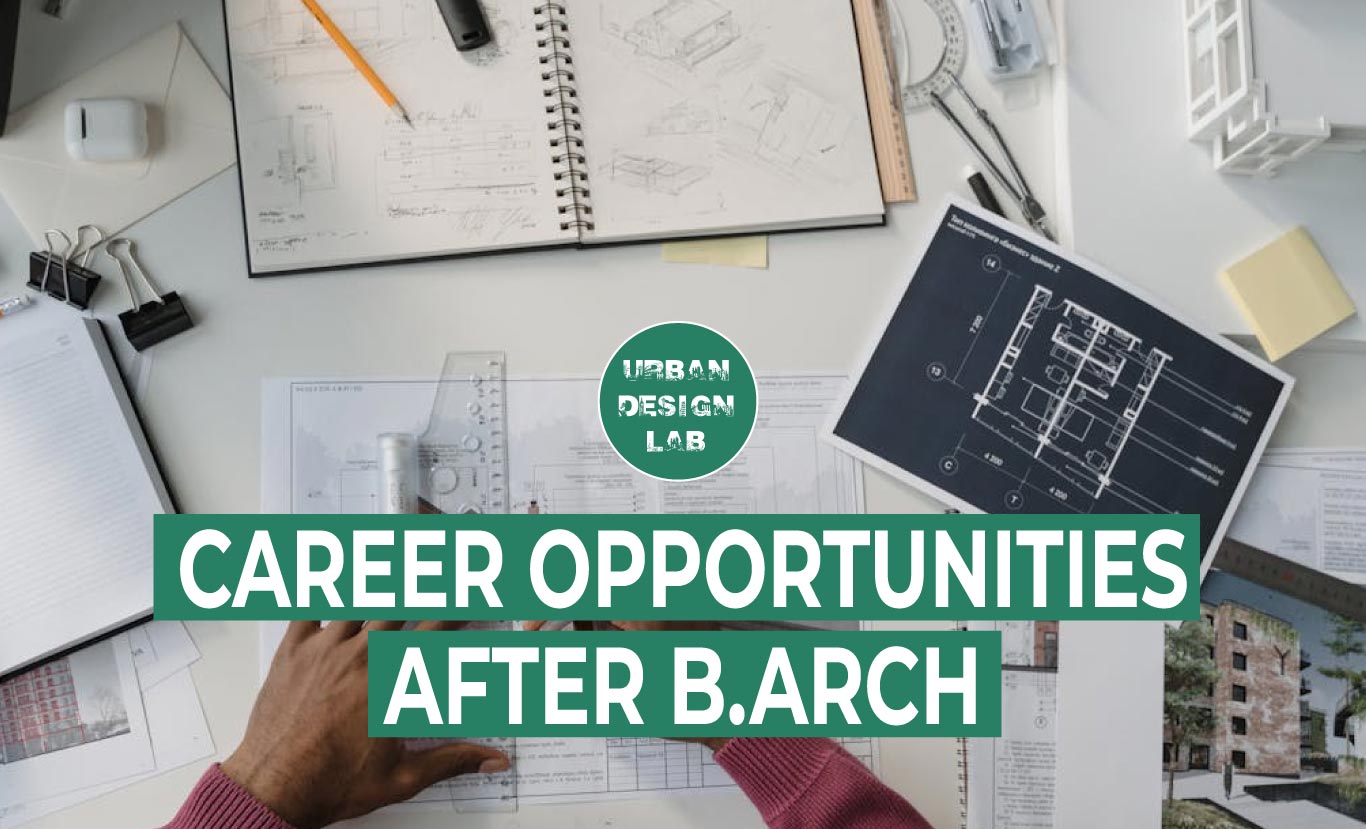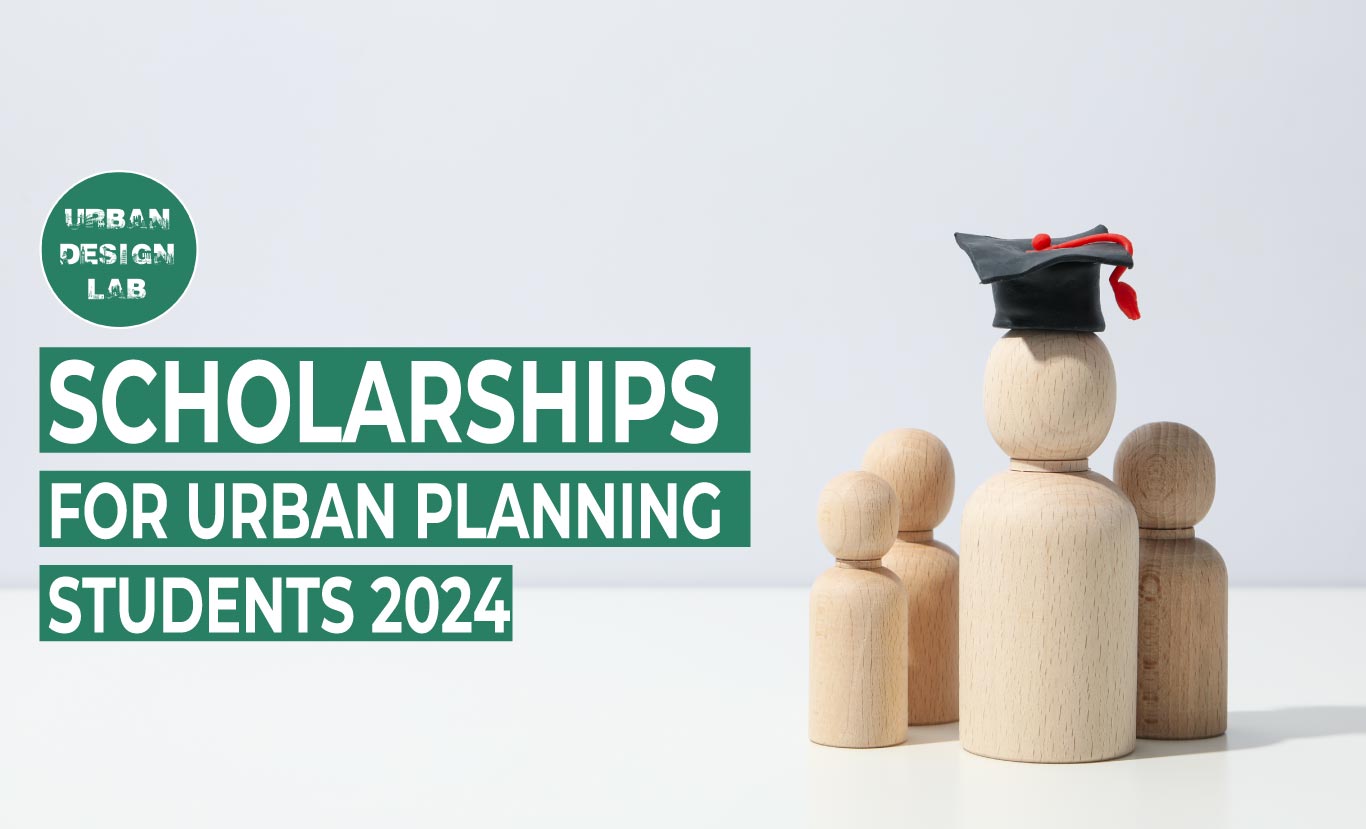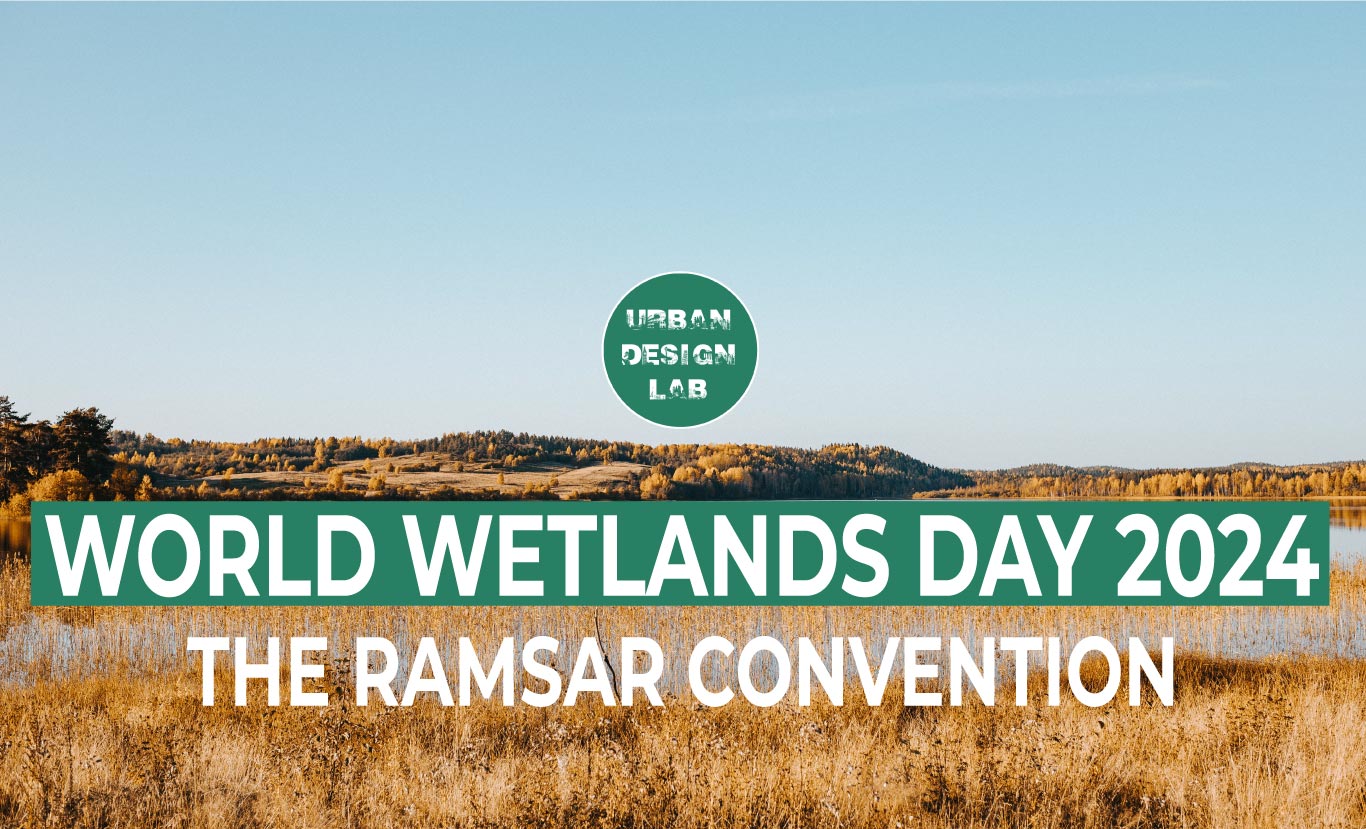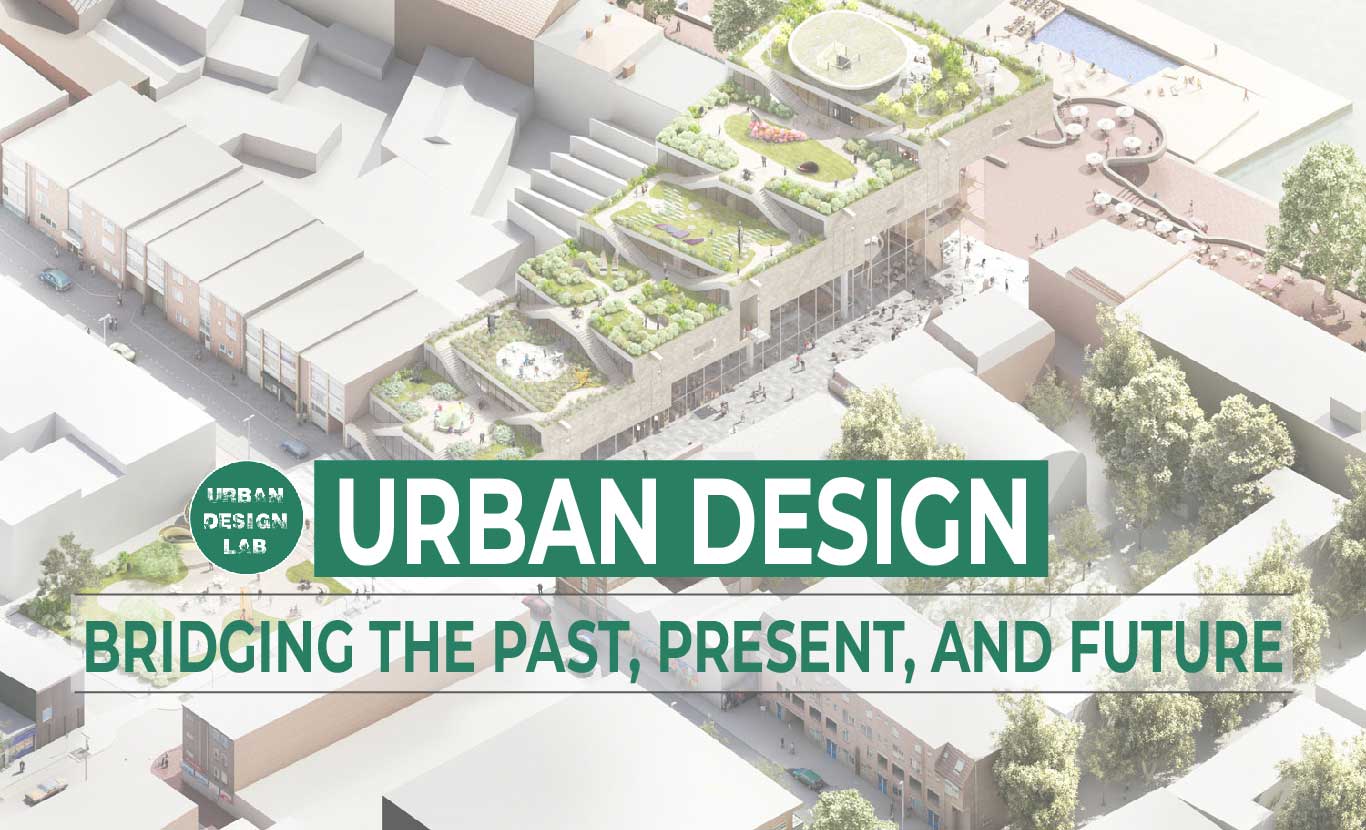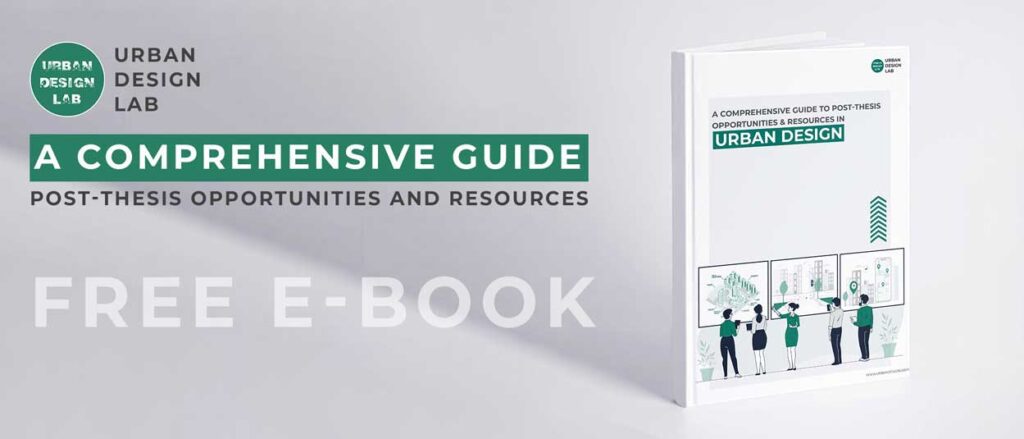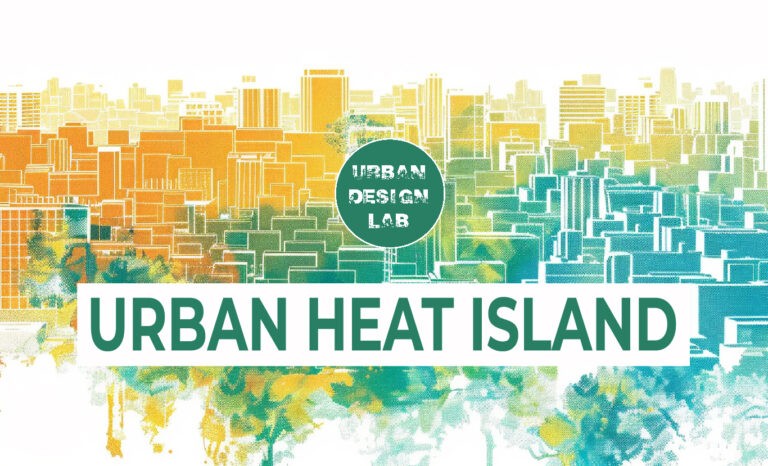
Pocket Parks in Concrete Jungles
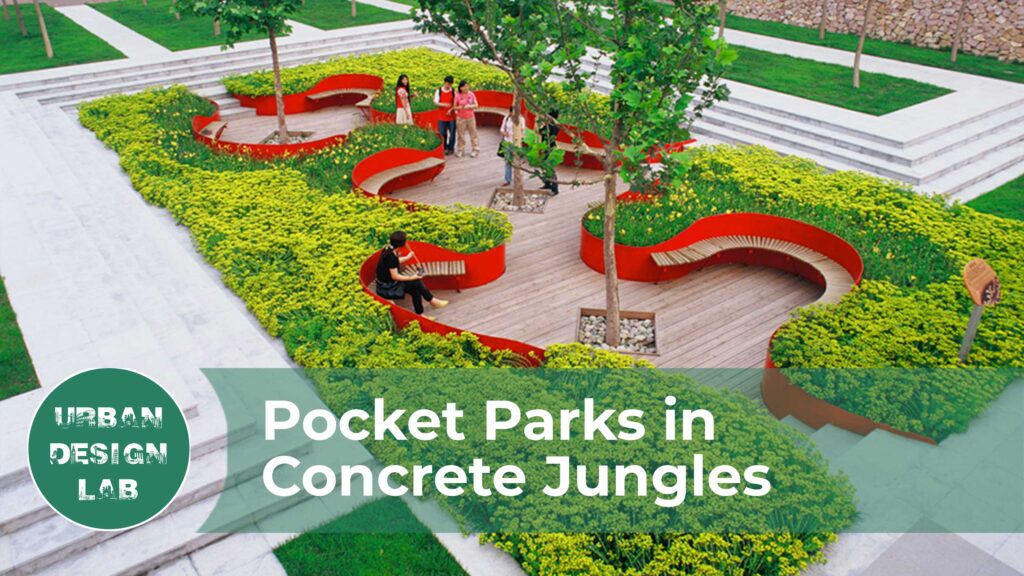
Idea behind Pocket Parks
Cities are growing at an alarming rate, especially in major metropolitan areas. Today’s world has created a stereotypical lifestyle that doesn’t consider the need to rest and resume. The machines that we humans have become are a product of the manufactured development that’s being engaged presently. With the need of the hour being to address the requirement to stop and consider oneself amongst the hustle, can cities let us breathe through its dense fabric?
A small park – but big enough to reaffirm the dignity of a human. This statement by Robert. L. Zion an American Landscape Artist is an ideal approach to understanding the essence of the idea behind a pocket park.
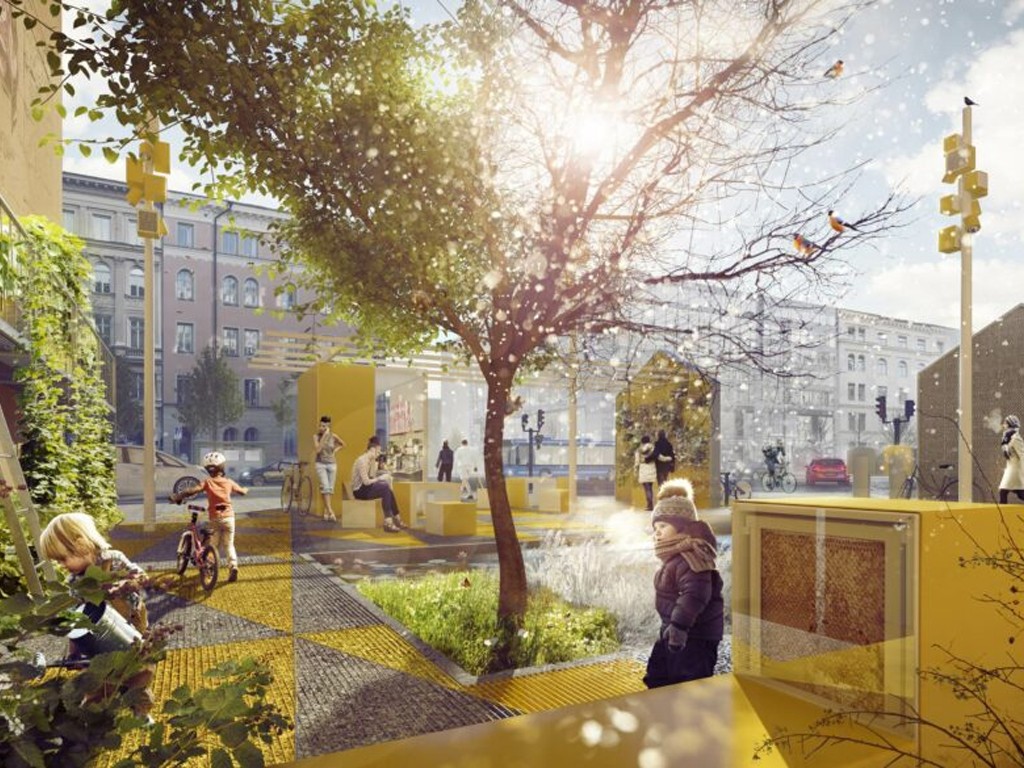
To comprehend the origin of the idea behind a pocket park, one may have to explore the situation that brought about the need for the same. The process of urban planning involves an outlook of the functional value of a piece of land over 5 to 15 years. The land use pattern of a city thus determined leaves open room for the formation of ‘urban voids.’ One can fathom an urban void as pockets in the planned city fabric which are redundant of quality functional activity owing to neglect in the planning process or due to its purpose being envisioned over a longer period. In such a scenario, looking at the utilitarian aspect of such spaces, one comes upon the design of an urban infill which can allow the space to be functionally active without becoming a hindrance to its long-term purpose. One result of the process of designing an urban infill is a pocket park.
Today's Cities - One Building After The Other
The ‘city life’ as we know it today is a concrete jungle that has trapped us in an illusion that does not leave room to imagine that there is an alternative to what we see and experience. With gray clouding our vision, the busy lifestyle increasingly tends to haunt us affecting what defines an individual’s well-being both physically and mentally. In such a scenario, aiming to bring a 180-degree change in the composition of city fabric comes nowhere near an ideal solution to the problem. What the intention entails is a slow transition from a packed city to achieve a livable one. In steps, letting society realize that there is a healthier way to define living can originate as small inspirations that strike you.
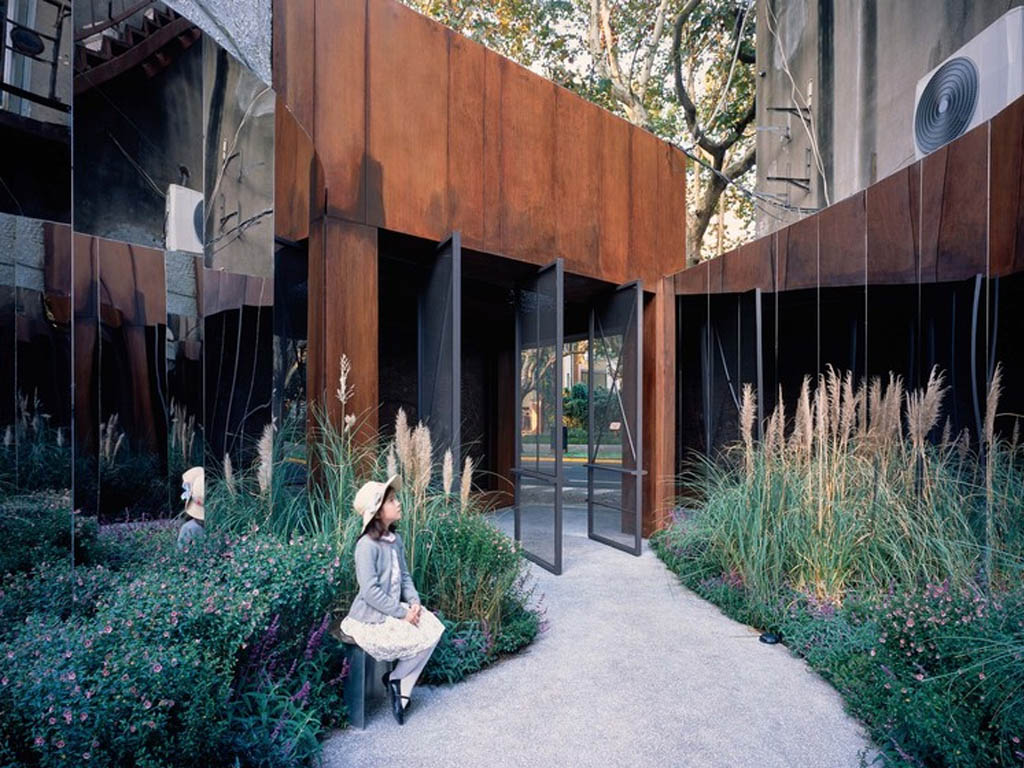
In relevance to the same, the role of a pocket park as an element of design that eases people rushing to and fro in small intervals becomes the factor that lets them gain a fresh perspective in their packed lives. As architects and designers, we are always thinking of blocks that go up and down in scale and proportion. But what is it that society needs today? It is not yet another building or yet another form in an already packed city life. Architects can play the very role in creating an experience that lets people know that farmhouses and camping grounds are not the only places that offer you a green escape.
The present approach to urban planning and design visualizes the process on a large scale forgetting the community in the process. Zooming in from the macro to the micro level, it becomes evident that there is a necessity to focus on public spaces which can become the means for the expanse to breathe along with its users through smaller pockets.
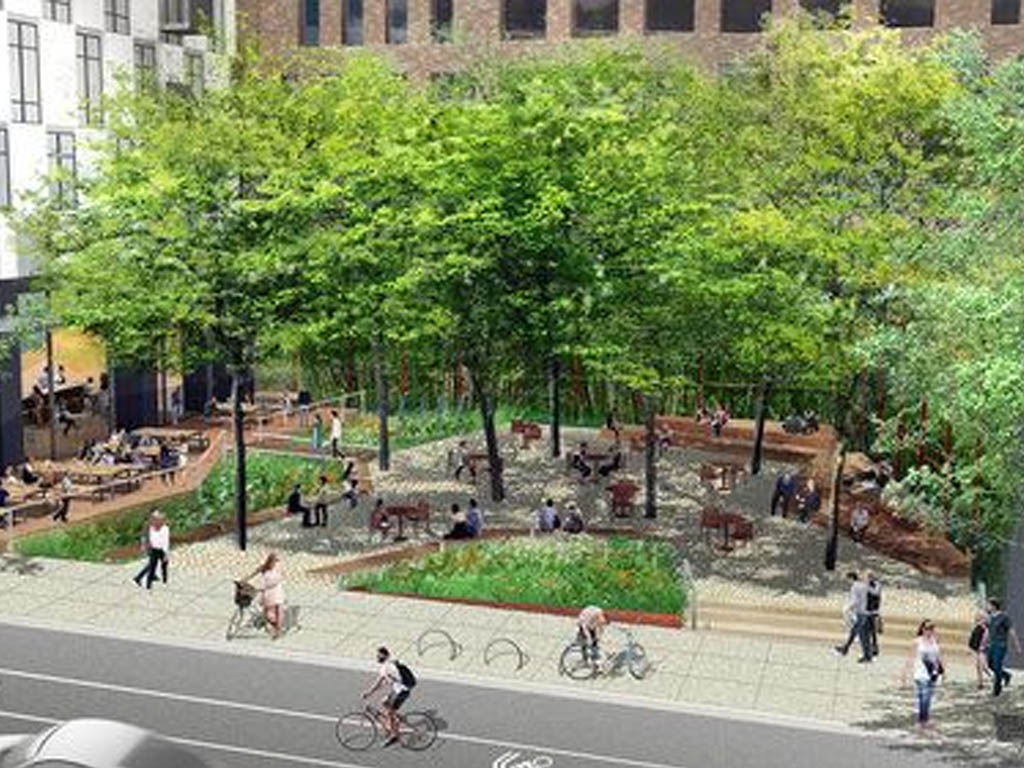
Smaller spaces in cities can lead to some strange and wonderful moments. Small parks tend to have a much more intimate feel than larger spaces, but they can also be difficult to navigate. It is easy to get lost in these smaller spaces, which makes them perfect for connecting people with their neighbors and the city around them rather than just the space itself.
Understanding the Purpose of Pocket Parks
When one thinks of pocket parks, the initial reaction is to put the entirety of it under a single definition when in reality it is not possible to have a defined characteristic set for all of them. While the concept is diverse, the same can be divided into three broad categories namely Active parks, Passive parks, and Bonus parks.
1) Active Parks
Small community parks fall under the category of active parks. The concept behind the same lays its roots in orienting the designed park space towards the physical activity pattern of that community it houses itself in. The conceptualization process for such parks centers itself around the activity pattern of a particular community to cater to the requirements of the same. From a playground to a basketball court, the same draw in people interested in a particular activity.
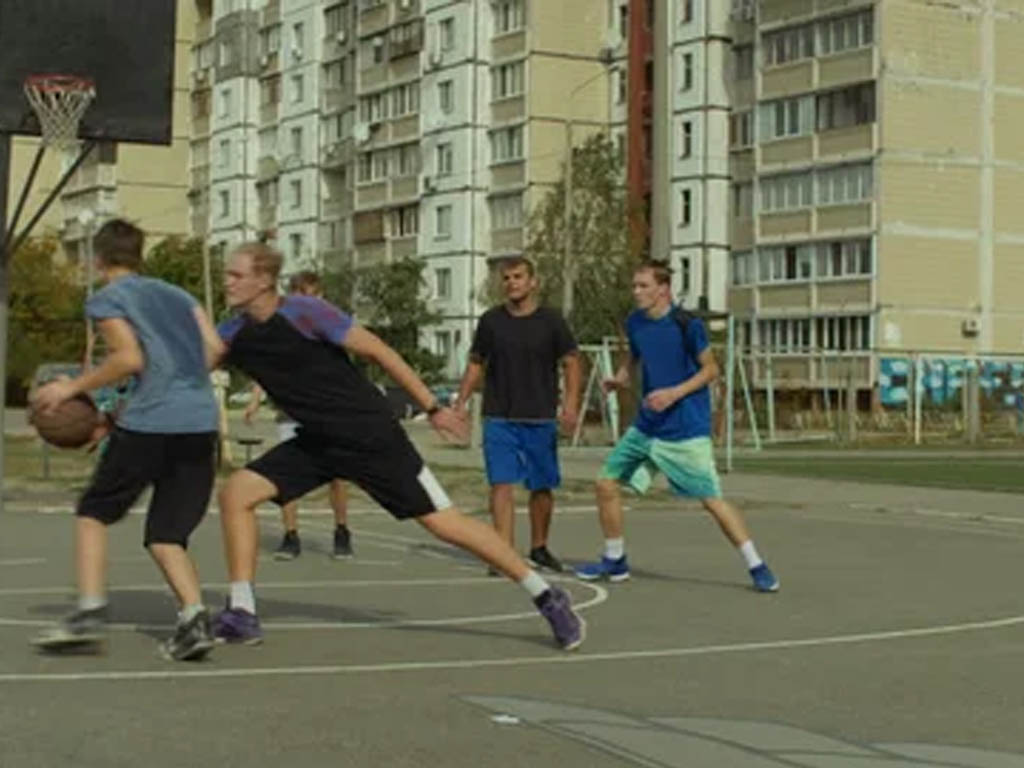
2) Passive Parks
Passive parks build themselves without a specific focus or direction as a place for people to take a break from their daily life. The purpose is as simple as providing a place for people to come in and take a seat or just a simple walk around. With a focal point like a fountain or a centerpiece, it does not orient itself towards a particular role.
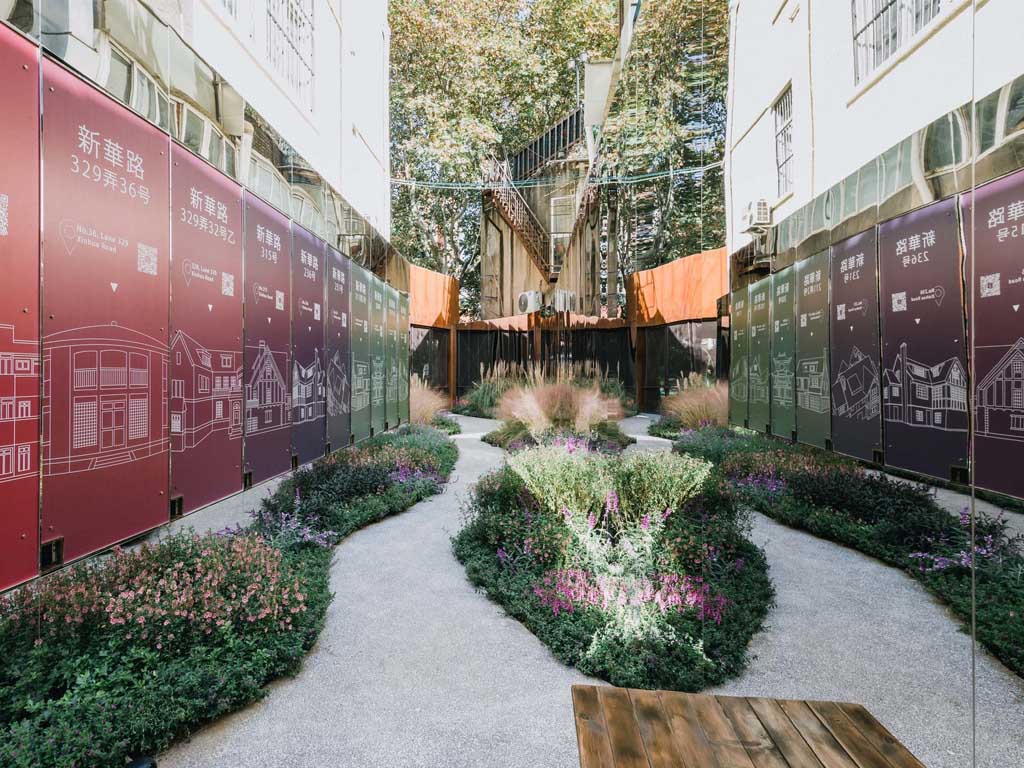
3) Bonus Parks
Public benches and break spaces that over time make grow to define themselves as parks centering around the activity in the area are referred to as bonus parks. Not planned, these develop at intersections or other built spaces. Owing to their way of coming into existence, they are usually very small in area compared to the above-mentioned categories. These are spaces that people happen upon through chance and can also be a public space within a private area.
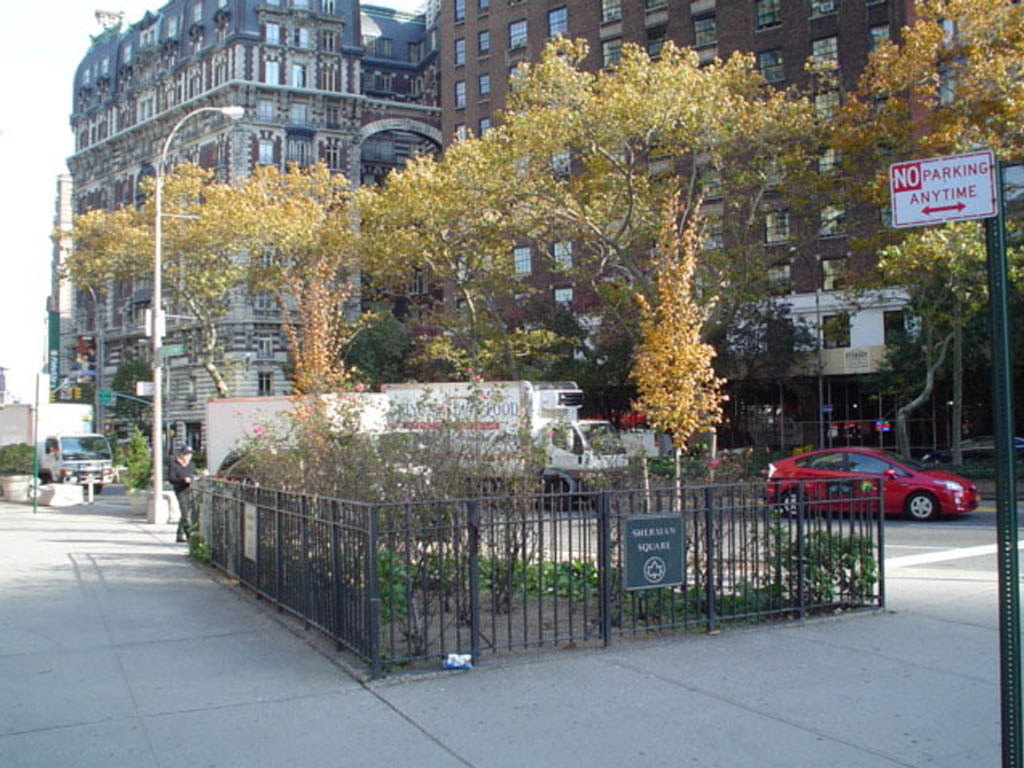
This categorization of pocket parks is a broad outlook in taking the first step towards understanding pocket park design. But many a time, a smaller intervention can prove to be more effective than its planned counterparts.
Evolution Of Pocket Parks
The increasing need for green spaces is not bound by quantitative characteristics. Lesser in size but multifaceted in design, the pocket park becomes the toll that connects different communities sharing an urban space. This close linkage gives the unique intimacy making it special for the community and locality it houses itself in. Given that the neighborhoods that these small areas are located in are more or less high-density, fast-moving urban zones, this very interactive intimacy becomes that charm that draws people into using the space to pause and take time to think about the break they very much need.
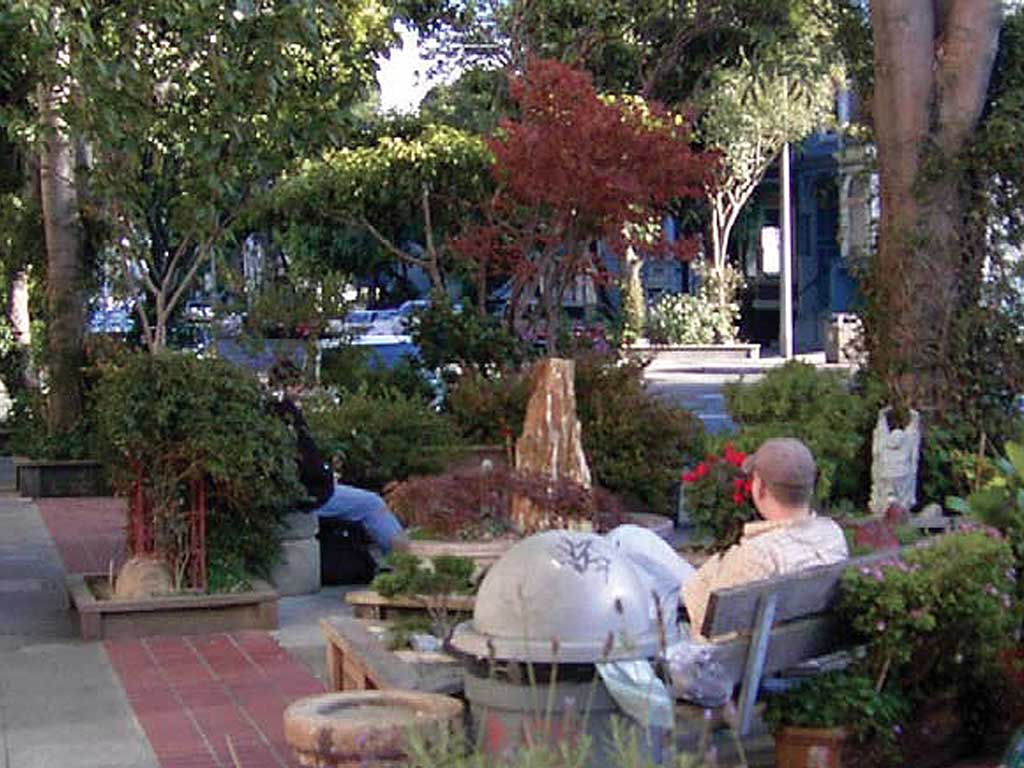
In addition, over time, the idea of a pocket park in a community had become a bonus for small-time businesses and vendors whose target customers are the very people looking for the space to give them the off-track they need from their daily routines.
Taking A Closer Look
An interesting fact to keep in mind about pocket parks is that their history can lie in a vacant plot of land or forgotten. Given the size of the same, there is the flexibility of relieving the pressure on larger parks to uphold the task of maintaining the ecological balance in an urban area.
Often, the nature and quality of pocket parks depend on the context it houses. Taking a look at a few examples one can understand how the nature of a pocket park can be influenced by its location.
A good place to start would be to take a look at the pocket parks in Philadelphia. As they made their appearance on empty parking lots and vacant pieces of land in some low-income areas, they grew themselves around the needs of that community. Hence the core function of those parks was to become the platform for children and their games.
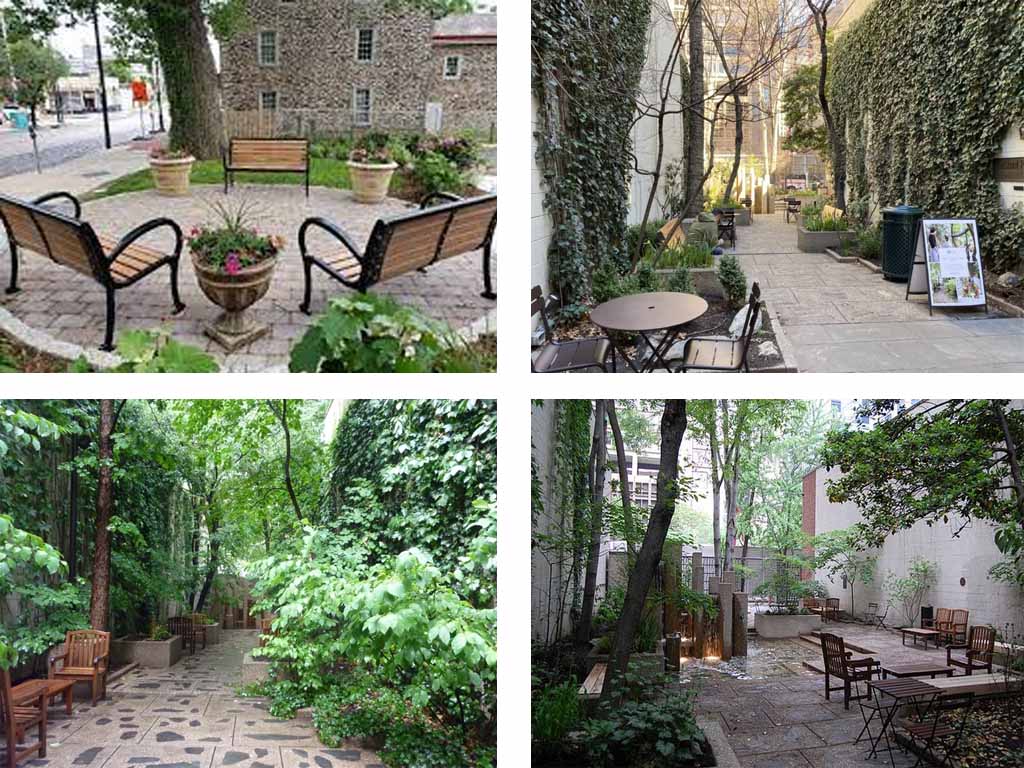
In contrast, Paley Park in New York is widely known and referred to as an example of the expanse of pocket parks. The targeted group of users this park caters to are adult office goers, shoppers, tourists, and other people passing by. The same is only meant for taking a seat and relaxing. But given the number of office workers in the locality, the space has become a solace to them. The result of that is a small park with the buzz of people looking for comfort in its simplicity.
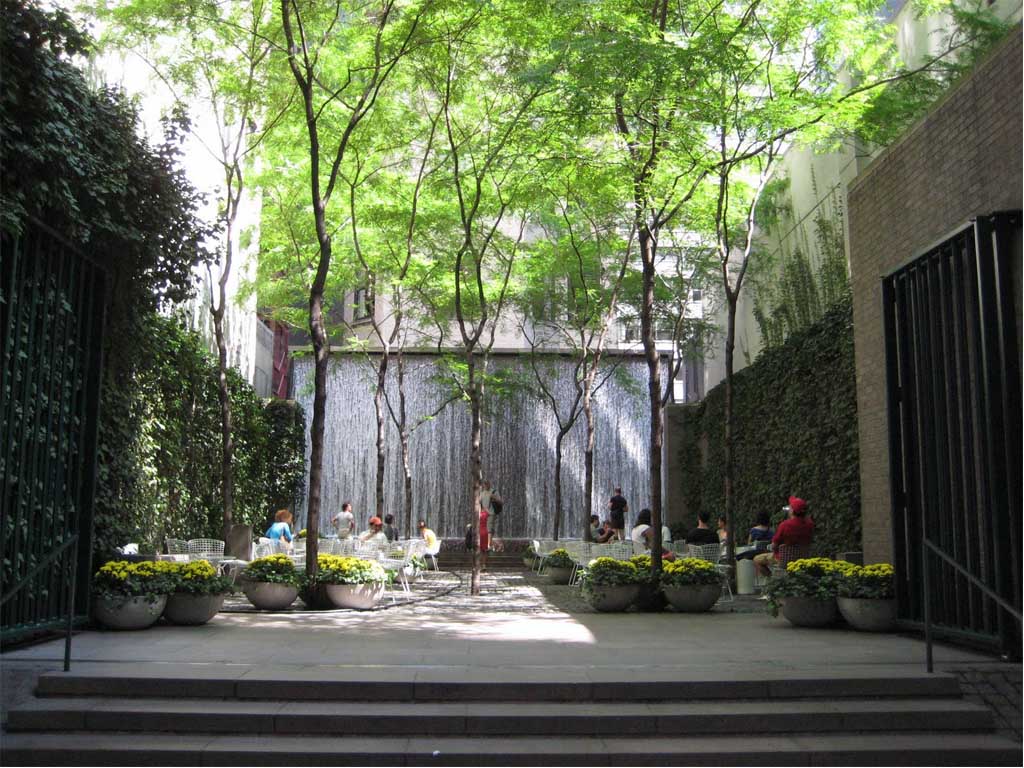
A Successful Pocket Park
Breaking down what we look into while taking the first step, we are left with the answer ‘SPACE.’ So in the process of designing a pocket park, you look at these parameters of space viz. size, identity, surface, and focal point. In an urban context, the space may become a walled enclosure or can be something as simple as a vertical wall. The second step towards the design process is the ‘ENVIRONMENT’ the design intends to provide for the users in the locality. Keeping in mind the ecological contributions, it becomes necessary to note how the park establishes the link between the space, activity, and community. The same becomes a way to determine and establish the flow around the pocket park.
Last but not least it is necessary to understand how the pocket park impacts the society it caters to. From understanding the user group to establishing the accessibility forums, one can take a look at the impact it has on the community through the amenities and services it provides and the amount of effort that goes into the safety and maintenance of the same.
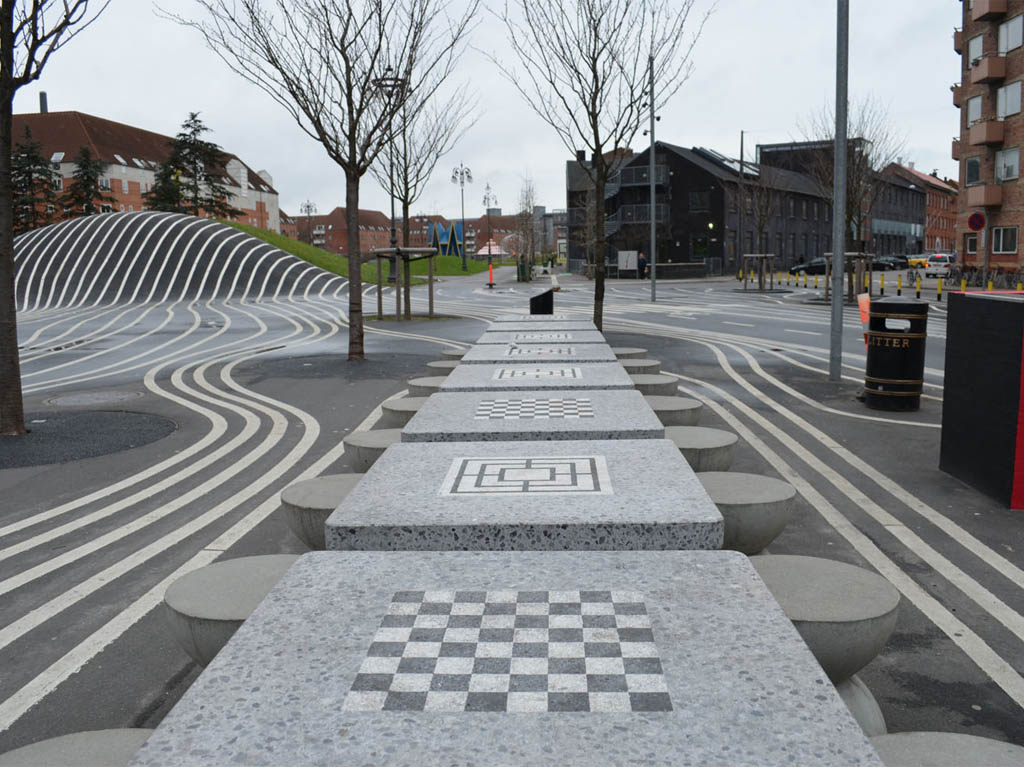
The Soho Park in London is another fine example that can help with the process of understanding the idea of pocket parks. Accessible from all directions from the streets, it places its focal point as an old building in the center. With ping pong tables and large, mature trees, it has become the ideal place for the evening crowd looking to chill through games and small talk.
The bottom line of looking into these examples is that they all serve the purpose of becoming the breathable space in the city. But one notices how the location of the three shows how differently the same can be done. The essence is to provide the break that people need and the method to provide it is through a clear understanding of how people of the community perceive what they want from that conscious pocket.
Green In The Grey
The most important thing to remember is to not let the size guide the potential of what this concept holds for the future of urban planning today. With the pandemic that made its sudden appearance in our lives, lifestyle has seen a drastic change with spatial interventions allowing us to adapt to the changing scenario. But let us take a moment to go back to a point when everything was touching peaks and lockdown had been posed as the only feasible solution. We found ourselves in a four-walled jail with the absence of bare minimum green on the visual scape for miles.
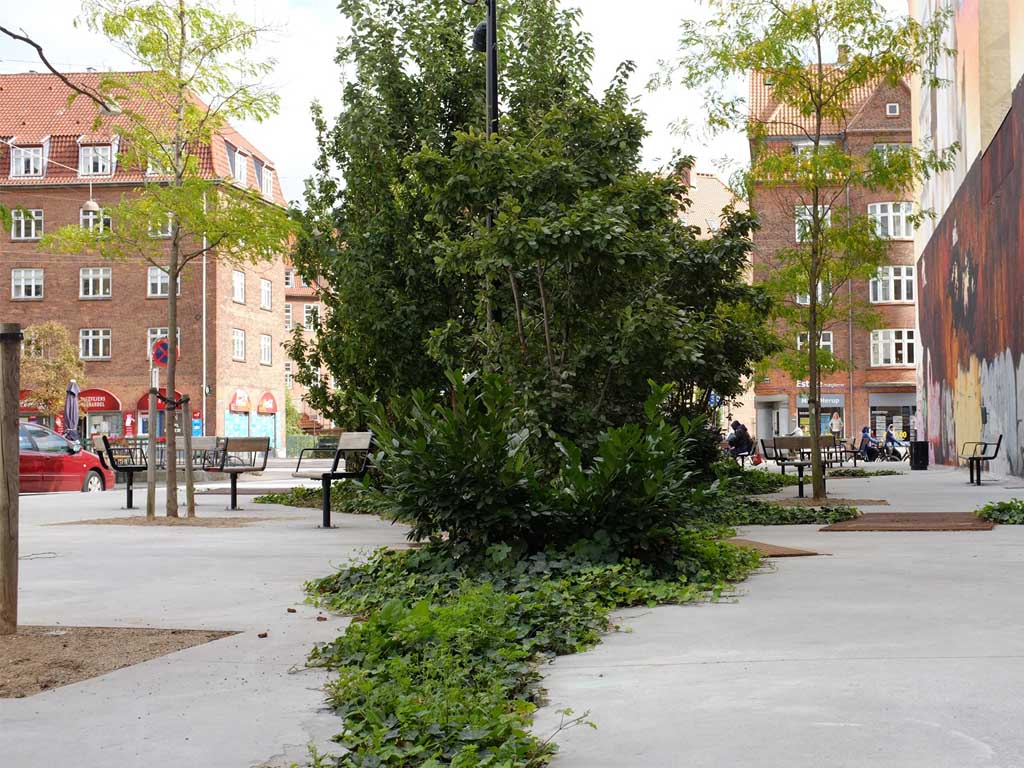
Lifestyle and urban living as we see it today are constantly evolving to adapt to the needs that have accompanied the drastic event in our lives which was unavoidable. In this scenario, designing cities with pocket parks dotting the map can act as an element that influences the experience created in the overall spatial vibe.
An Urban Oasis
What does the concept of pocket parks hold for the future?
There is a rising environmental concern which is the result of concrete hardscapes lining them one after the other. With climate change and land value among the multiple current issues, the need of the hour is to analyze and address the immediate requirement to insert into our surroundings an answer for the problem. But we cannot expect the city to change overnight. One small step a day can build the road to defining the answer for the future. In light of this, the proposal of a pocket part in a packed urban space can become the first step we take towards increasing our urban green cover making out cities more breathable.
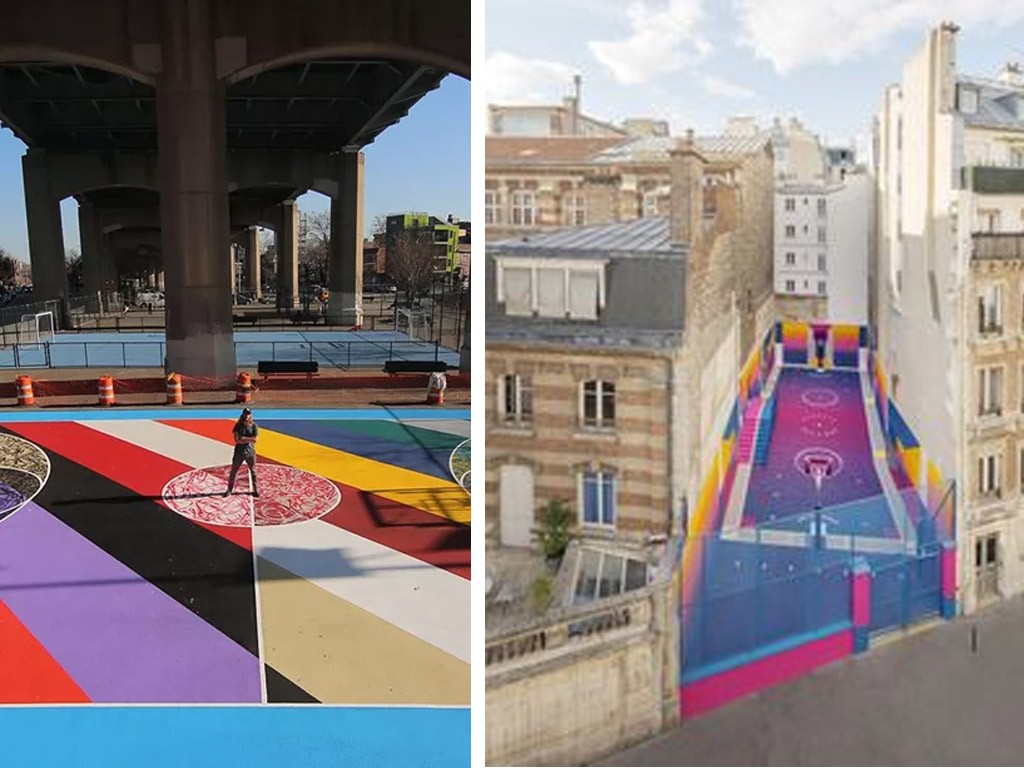
In the desert of buildings that the cities have become today, visualizing a pocket park and implementing the same in available open space replacing grey with green can become an urban oasis where people can come in for a breath of fresh air and peace of mind as they take breaks from the speed that the world today moves at.
Smaller is often better in urban environments. Smaller spaces offer intimacy, encourage interaction, and make it easier to take stock of what’s around you. Whether used as a public gathering place or simply a respite from the constant rush of city life, small parks have an impact far greater than their size would suggest.
Having been around for centuries the concept of pocket parks has evolved. But they have just started to gain popularity again in recent years due to growing concerns about shrinking green space and urban density in cities.
References
Blake, A. (2017). Pocket Parks. New York City: The Design Journal.
Hamdy, M., & Plaku, R. (2021). Pocket Parks: Urban Living Rooms for Urban Regeneration. In Civil Engineering and Architecture (pp. 747-759). Germany: Department of Architecture and Urban Design, German University.
LeFlore, A. J. (2012). INCREASING URBAN OPEN SPACE THROUGH. Boston: TUFTS UNIVERSITY.
Pertesen Studio. (n.d.). Makers Quarter Pocket Park. Retrieved from Pertesen Studio: http://www.petersen-studio.com/makers-quarter-pocket-park/pmgefmv87fdry1aeckfgxiluf2mx14
SHUISHI. (2021, January 08). Pocket Park on Xinhua Road, Shanghai / SHUISHI. Retrieved from Archdaily: https://www.archdaily.com/954115/pocket-park-on-xinhua-road-shanghai-shuishi
SINOU, D. M. (2013). Parameters contributing to the design of a successful urban. Germany: University of Wesst Attica.
Street and Sidewalk Pocket Parks. (2015). Retrieved from SF Better treets: https://www.sfbetterstreets.org/find-project-types/reclaiming-roadway-space/street-and-sidewalk-parks/
Whitearkitekter. (2015). Pocket Park & Pallis. Retrieved from Whitearkitekter: https://whitearkitekter.com/project/pocket-park-pallis/
Architect graduated with a Bachelor’s in Architecture from the University of Mumbai. Inquisitive about Universal design Strategies and accessible design she is interested in reading about upcoming design strategies and human experience in the design process.
Related articles

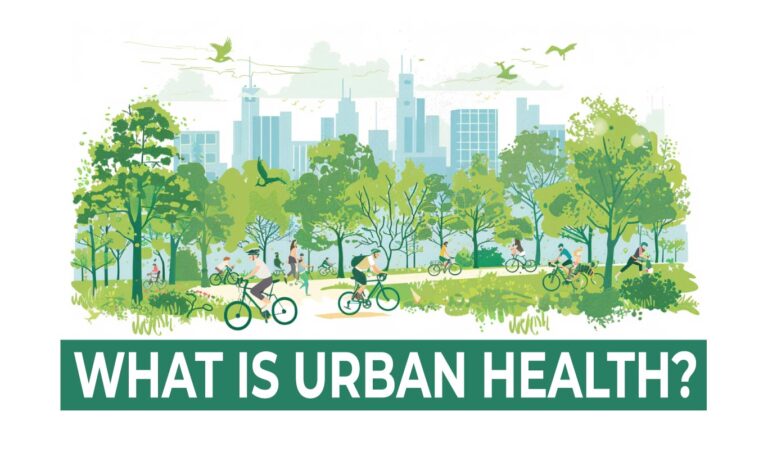
What is urban Health?
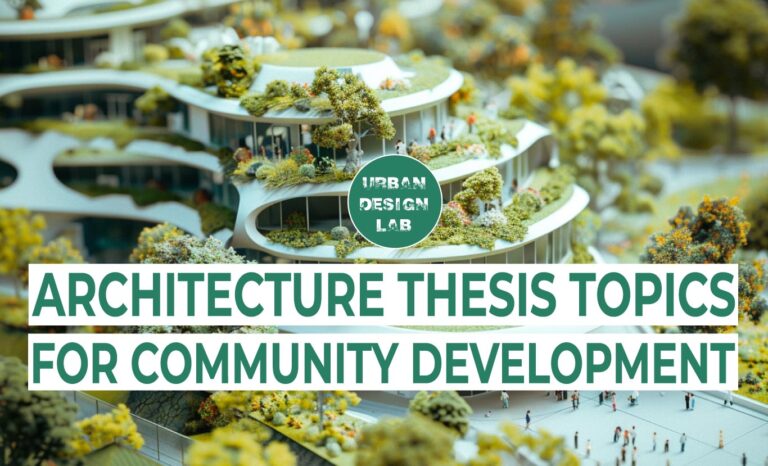
Top Architecture Thesis Topics for Community Development
Leave a Reply
UDL Photoshop
Masterclass
Decipher the secrets of
Urban Mapping and 3D Visualisation
Session Dates
4th-5th May, 2024
Recent Posts
- Article Posted:
- Article Posted:
- Article Posted:
- Article Posted:
- Article Posted:
- Article Posted:
- Article Posted:
- Article Posted:
- Article Posted:
- Article Posted:
- Article Posted:
- Article Posted:
Sign up for our Newsletter
“Let’s explore the new avenues of Urban environment together “



